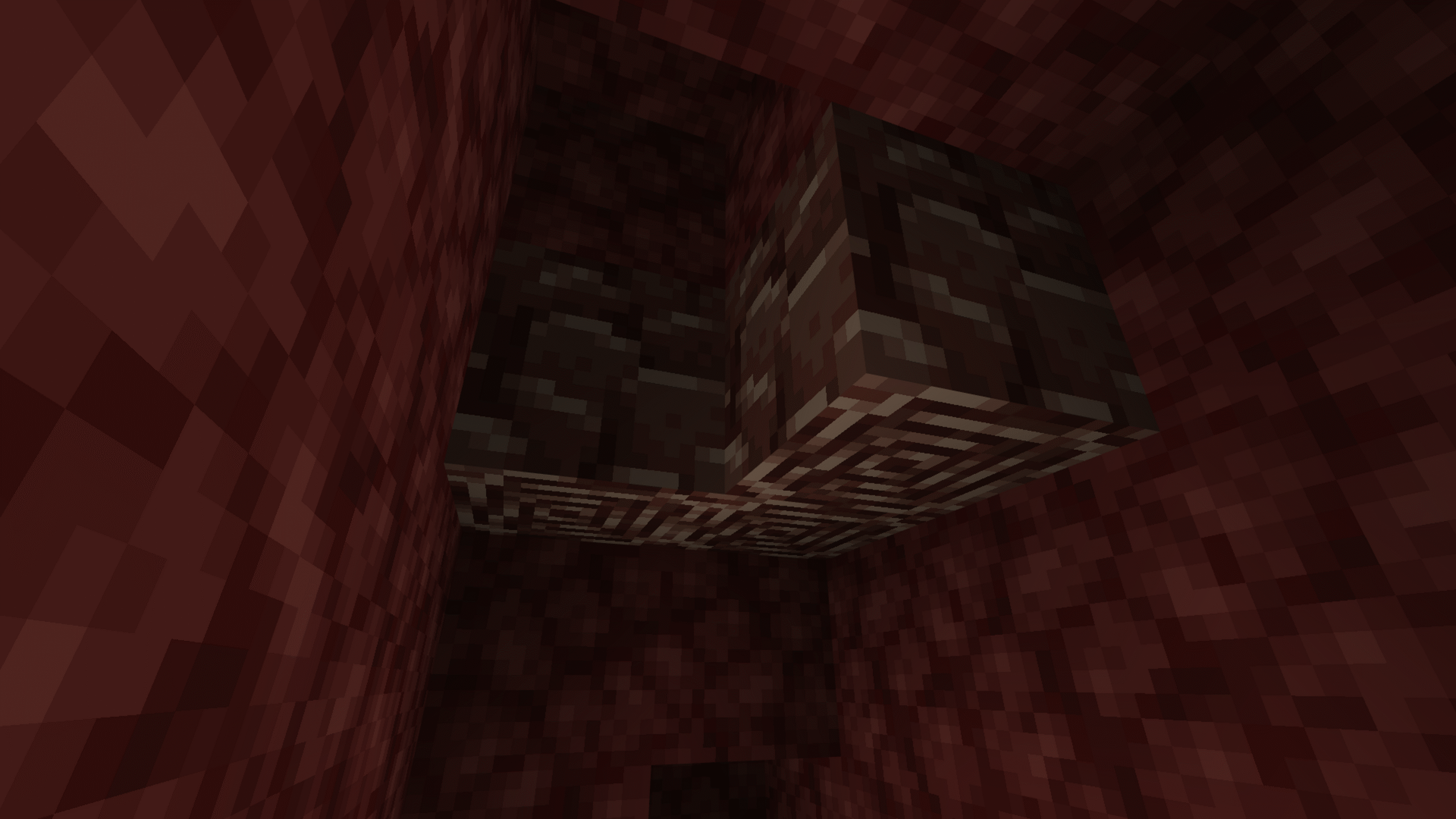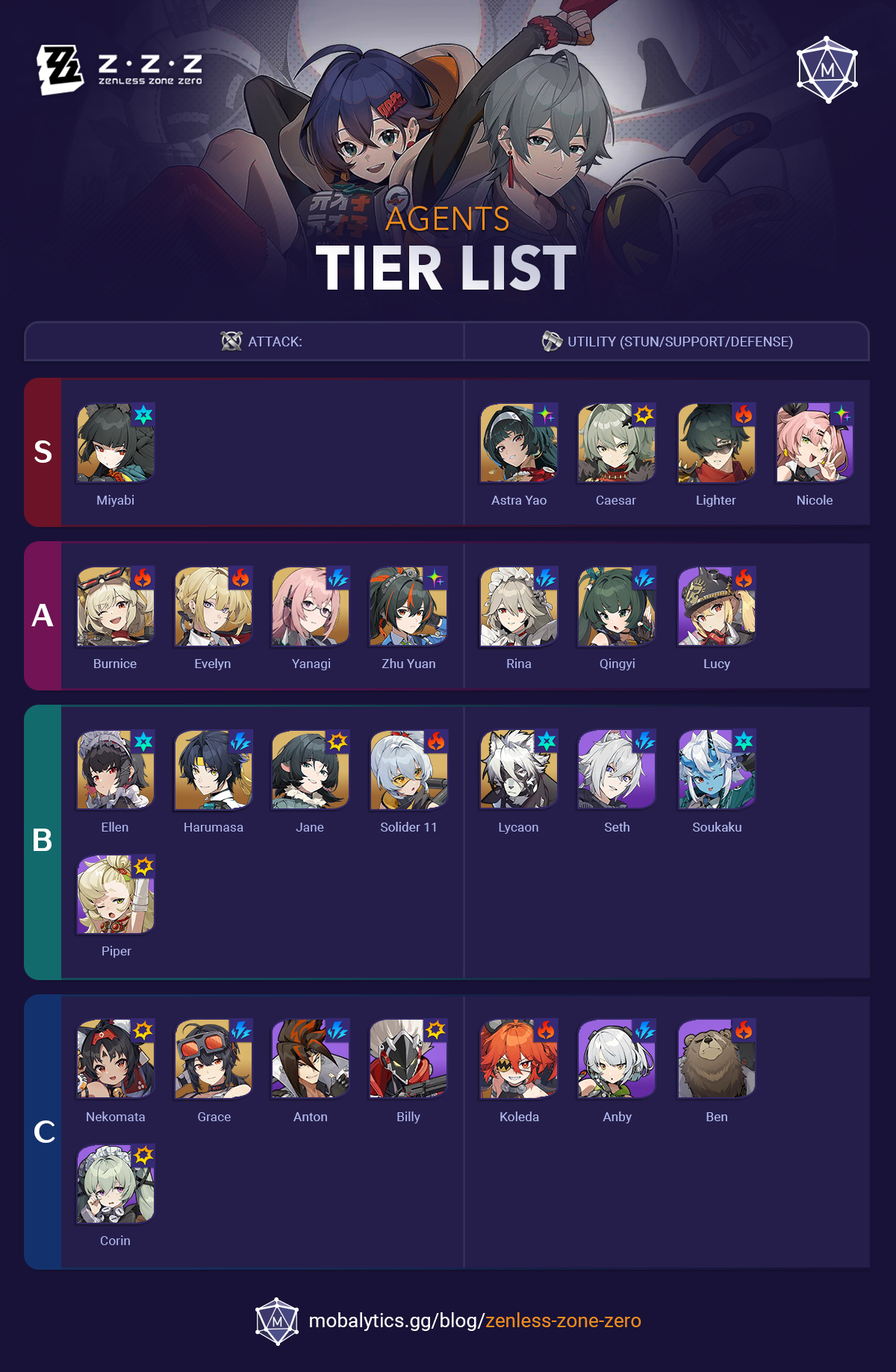Minecraft’s ever-evolving world has been enriched with the introduction of a new, powerful material: Netherite. If you’re looking to elevate your gameplay, Minecraft Netherite: what you should know about the powerful new material is crucial. This rare alloy not only offers superior durability but also an edge in the challenging realms of Minecraft’s Nether.
With the Nether Update, players now have the opportunity to upgrade their equipment and craft gear that can withstand the game’s most extreme conditions. Whether you’re an experienced miner or a builder seeking to reinforce your arsenal, understanding the ins and outs of Netherite can significantly impact your Minecraft experience.
What is Netherite in Minecraft?
Netherite is the latest resource in Minecraft, coveted for its stronger-than-diamond properties. This exceptional material can transform your diamond equipment into gear with increased longevity and power, making it a must-have for any serious player. But the path to acquiring Netherite is not for the faint-hearted; it requires a deep dive into the perilous Nether, where Ancient Debris, the raw material for Netherite, is found.
The allure of Netherite isn’t just in its toughness. Its unique attributes make it a strategic choice for players. Not only does it boast greater durability than diamonds, but items made from Netherite also resist fire and lava—perfect for the Nether’s hazardous environment. This makes Netherite an essential upgrade for tools, weapons, and armor for anyone looking to conquer the game’s toughest challenges.
Aside from its practical advantages, Netherite adds a touch of prestige to your Minecraft inventory. Its sleek, dark design and rarity make gear crafted from this material a status symbol among players.
How and where can I find the Netherite?
Finding Netherite requires a journey to the Nether, where you’ll need to locate Ancient Debris. This elusive ore lies hidden within the Nether’s lava-filled depths, typically between levels 8 to 22. While the task is daunting, the rewards of this powerful new material are well worth the effort.
To maximize your chances of success, come prepared with a diamond or Netherite pickaxe, as lesser tools are simply not up to the task of mining Ancient Debris. Additionally, exploring the Nether’s treacherous terrain with plenty of fire resistance potions and an understanding of the area’s layout can make the search for Netherite much safer and more efficient.
Ancient Debris also has the unique property of being blast-resistant, meaning it won’t be destroyed by explosions. Adventurous miners can use this to their advantage by setting off controlled blasts to clear large areas quickly in search of this highly sought-after material.
How and where you find Ancient Debris in Minecraft?
Ancient Debris is the key to unlocking the potential of Netherite, and its rarity makes it one of the most valuable resources in Minecraft. To find it, you’ll need to delve into the lower depths of the Nether, armed with the right tools and strategies. Fortune favors the bold—and the prepared—in the quest for this elusive ore.
One of the most effective ways to locate Ancient Debris is through branch mining. By creating a series of tunnels and systematically exploring the Nether’s layers, you can increase your chances of stumbling upon this rare ore. Be sure to keep an eye out for its distinctive brownish texture amidst the Nether’s red and gray hues.
Another strategy is to use beds or TNT for blast mining. Beds explode when attempted to be used in the Nether, and this can be harnessed to clear large chunks of Netherack quickly, potentially revealing hidden Ancient Debris. However, this method carries risks; it’s vital to protect oneself with blast-resistant blocks and ensure a safe distance before detonation.
How can I mine Netherite?
Mining Netherite is a multi-step process that begins with hunting for Ancient Debris. Once you have collected this raw material, it must be smelted in a furnace to produce Netherite scraps. These scraps are then combined with gold ingots to create Netherite ingots, the final form used to upgrade your equipment.
When mining for Ancient Debris, remember that it can only be mined with a diamond or Netherite pickaxe. Any other tool will simply not yield the ore. Also, due to its scarcity and random distribution, patience and perseverance are key virtues in the pursuit of Netherite.
The smelting process is straightforward: place the Ancient Debris into a furnace with fuel, and you’ll soon have Netherite scraps. The final step involves a crafting table, where you’ll arrange four Netherite scraps and four gold ingots in a 2×2 grid to create a Netherite ingot.
How can I create Netherite ingot in Minecraft?
Creating a Netherite ingot is a rewarding experience, marking the transition from gathering raw materials to possessing the game’s most formidable resource. The crafting recipe is a blend of utility and rarity, requiring both gold and the fruits of your Nether expeditions. With a careful approach to resource management and a steady hand at the crafting table, you can create the ingots that serve as the cornerstone for all Netherite items.
As mentioned earlier, for every Netherite ingot, you’ll need to combine four Netherite scraps with four gold ingots. It’s a straightforward process, but the effort behind obtaining each component is what makes Netherite so prestigious.
Keep in mind that the rarity of Ancient Debris means you’ll need to invest time in mining and smelting to accumulate enough scraps. On the other hand, gold is more abundant and can be found both in the Overworld and the Nether. Balancing the search for these two materials is key to efficient Netherite ingot production.
How can I make Netherite armour and weapons?
Once you have your Netherite ingots, the real fun begins: upgrading your diamond gear to the superior Netherite version. You’ll need a smithing table to make the transformation, which is a simple process but represents a significant leap in your Minecraft capabilities.
To upgrade, place your diamond item and a Netherite ingot into the two slots of a smithing table. The result will be a piece of Netherite armor or a Netherite weapon, boasting enhanced durability and power. Notably, any enchantments on your diamond gear will be preserved during the upgrade, ensuring that your efforts in enchanting are not lost.
The range of items that can be upgraded to Netherite includes helmets, chestplates, leggings, boots, swords, pickaxes, axes, shovels, and hoes. Each Netherite item not only outperforms its diamond counterpart but also has the added benefit of not burning in lava, a particularly useful trait for exploration in the Nether and for safeguarding your equipment.
Where can I find smithing tables to forge my Netherite?
The smithing table is a vital tool for anyone looking to delve into the world of Netherite. These tables can be found in villages, specifically within the toolsmith’s workshop. If you’re not near a village or prefer a DIY approach, crafting a smithing table is quite simple. Combine four planks of any wood and two iron ingots in your crafting table, and you’re set to start upgrading.
Once you have your smithing table, it becomes your gateway to forging the most formidable gear in Minecraft. Whether you find one or craft your own, having a smithing table is a must for any player serious about their Minecraft adventure.
Remember that the smithing table not only serves as an upgrade station but also as a job site block for toolsmith villagers. This means that having one in your vicinity can influence the professions of the villagers within your world.
What are the effects of Netherite in Minecraft?
The effects of Netherite go beyond mere decoration or a status symbol. Its impact on gameplay is profound, offering players enhanced performance and survival capabilities. When you upgrade to Netherite, you’re not just getting a stronger material; you’re also acquiring gear that can resist the fiery dangers of the Nether. This makes exploration and resource gathering in this hostile environment significantly less risky.
Netherite’s increased durability means that your tools, weapons, and armor will last longer, reducing the frequency of costly repairs or replacements. Furthermore, the extra damage from Netherite weapons and the enhanced protection from Netherite armor can be the difference between life and death in Minecraft’s more challenging encounters.
Another notable effect is the buoyancy—or rather, the lack thereof—of Netherite items. Unlike other materials, Netherite gear will not float in lava, ensuring that a misstep into a lava pool doesn’t result in the loss of your prized possessions.
How do you get Netherite gear in Minecraft?
Obtaining Netherite gear is a culmination of several processes, each requiring patience and strategy. You’ll need to mine for Ancient Debris, smelt it into Netherite scraps, combine these with gold to create Netherite ingots, and finally, use a smithing table to upgrade your diamond equipment.
The effort is well worth it, as Netherite gear provides a considerable edge in Minecraft. By following each step carefully and persisting through the challenges of the Nether, you’ll find yourself equipped with some of the most powerful items the game has to offer.
It’s also worth mentioning that while Netherite gear is the ultimate goal for many, the adventure and experience gained in reaching this milestone are equally valuable. The journey to Netherite gear is a testament to a player’s dedication and mastery of Minecraft’s survival elements.
What is a block of Netherite?
A block of Netherite is a storage block made from nine Netherite ingots. It serves not only as a way to conserve space in your inventory but also as a symbol of immense wealth and progress within the game.
Creating a Netherite block is straightforward—simply fill the crafting grid with ingots. However, the investment required to make even one block speaks volumes about a player’s dedication to mining and crafting within the game. These blocks are often used for safe storage or as decorative pieces that showcase a player’s achievements.
Due to its rarity and the effort involved in obtaining sufficient Netherite, a block of this material is one of the most prestigious items in Minecraft. Players who manage to construct such a block can take pride in their accomplishment.
Can you use a Netherite block to create a beacon?
The beacon is one of the most powerful items in Minecraft, and while it typically requires an underlying pyramid made of iron, gold, emerald, or diamond blocks, a Netherite block can also be used. However, given the rarity and value of Netherite, using it for a beacon’s base is a testament to a player’s wealth and dedication.
While the in-game benefits of using Netherite for a beacon are the same as the other materials, the sheer opulence of a Netherite beacon base is unmatched. It’s a powerful status symbol, showcasing not just in-game progress but an exceptional level of resource gathering and crafting.
A Netherite beacon is a beacon of success. Its glow represents countless hours of dedicated gameplay, marking the player as a true Minecraft connoisseur.
What else can I get from a Netherite gear?
Netherite gear isn’t just about strength and durability; it offers a range of benefits that enhance your Minecraft experience. When you don a set of Netherite armor or brandish a Netherite tool, you’re not only asserting your status in the game—you’re also empowering yourself with a set of tools and armor that can dramatically improve your gameplay.
For instance, Netherite gear’s natural fire resistance means that you can retrieve your items after an unexpected lava plunge, offering peace of mind when exploring the Nether’s volatile landscape. The increased efficiency of Netherite tools also means faster mining and harvesting, allowing you to gather resources more quickly.
Moreover, Netherite’s knockback resistance can be a game-changer in combat, whether against mobs or other players. This can give you the upper hand in battles, making Netherite gear highly coveted for player-versus-player (PvP) encounters.
How can you make Netherite from diamonds?
Turning diamonds into Netherite is the essential upgrading process in Minecraft. However, it’s not a direct conversion. Instead, you craft Netherite gear by combining diamond gear with Netherite ingots on a smithing table.
This process ensures that any enchantments on your diamond gear are carried over to the upgraded Netherite version, providing a seamless transition to higher-quality equipment. This means that the time and effort spent enchanting your diamond tools, weapons, or armor are not wasted.
The beauty of this upgrading system is that it acknowledges the value of both your diamond gear and the Netherite you’ve worked hard to obtain. It’s a harmonious marriage of two of Minecraft’s most valuable resources, culminating in the ultimate gear for any adventurer.
Related questions about Minecraft Netherite
How does the new Netherite upgrade work?
The new Netherite upgrade process is a straightforward yet significant enhancement to your gear. Using a smithing table, combine your diamond equipment with a Netherite ingot, and voila—you’ve got yourself Netherite gear that retains the previous enchantments but with superior performance and durability.
This upgrade mechanism not only promotes the longevity of your tools and armor but also encourages players to venture into the Nether’s depths in search of the required resources. It’s a cleverly designed system that ties in the thrill of exploration with the satisfaction of crafting.
Is Netherite the strongest material in Minecraft?
As of the current updates, Netherite is indeed the strongest material in Minecraft. Its durability, effectiveness, and unique properties, such as fire resistance, place it at the pinnacle of the game’s material hierarchy. Netherite gear is the benchmark for any player striving for the best equipment possible.
Its status as the strongest material is also reflected in the effort required to obtain it, ensuring that players who possess Netherite truly earn their superior gear through skill and persistence.
What’s the best thing to make out of Netherite?
The best thing to make out of Netherite can vary depending on your play style and goals in Minecraft. However, upgrading your diamond armor and tools to Netherite versions generally provides the most significant advantage, with armor offering unmatched protection and tools delivering exceptional performance.
For those who prioritize combat, a Netherite sword or axe can be especially beneficial. For builders and miners, a full set of Netherite tools ensures efficiency and durability during resource gathering.
What is the best thing to upgrade to Netherite?
Deciding the best thing to upgrade to Netherite will depend on your current needs and priorities. If you’re frequently engaged in battles, upgrading your diamond sword or armor to Netherite is a wise choice. For those focused on construction or resource gathering, a Netherite pickaxe or shovel may be more advantageous.
Ultimately, the best approach is to consider what tools or pieces of armor you use most frequently and begin your upgrades there. This ensures that you immediately benefit from the enhanced properties of Netherite in your most common activities.
To further explore the wonders of Minecraft Netherite, check out this helpful video that delves into the intricacies of finding and utilizing this robust material:
 Zenless Zone Zero tier list: the best agents by speciality and attribute
Zenless Zone Zero tier list: the best agents by speciality and attribute



This post is such a fantastic guide for anyone diving into the world of Netherite in Minecraft! I love how it breaks down everything from mining Ancient Debris to crafting those epic Netherite items. It’s super helpful to know the strategies for safely navigating the Nether and making the most out of this powerful resource. Definitely makes me want to gear up and start my own Netherite adventure!